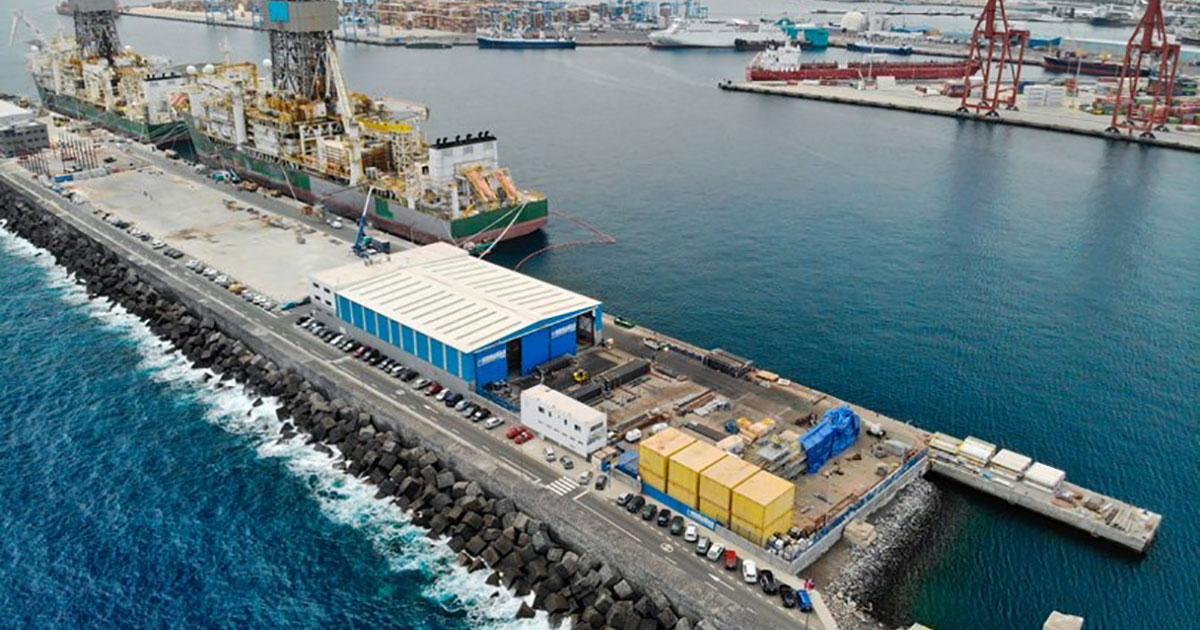The innovative structure that will advance floating Ocean Thermal Energy Conversion (OTEC) technology in severe weather-prone regions begins fabrication in March 2024. Developed under the EU-funded project PLOTEC, the scaled platform is expected to be installed in the upcoming months in a testing site in the Canary Islands, Spain. The structure consists of three main parts: a cylindric hull, a cold-water riser pipe and a gimbal connection point. The cold-water riser pipe is being fabricated in Austria by AGRU and the cylindric hull, the largest element of the installation, is under construction at Hidramar Shipyard, in Gran Canaria, with delivery scheduled for June.
Once the fabrication phase is concluded, the 1:5 prototype will be assembled and installed in the Oceanic Platform of the Canary Islands (PLOCAN), at around three kilometers from the coast. During its lifetime, the platform will be subjected to the conditions of the Atlantic Ocean for about 12 months. Computer simulations and a scaled tank test in London last year have already affirmed the functionality of the envisioned OTEC structure. The project findings will contribute to marine engineering design and novel materials, as well as computational modelling, improving the accessibility of OTEC technology and the design and materials available to other offshore floating energy and marine devices.
Connecting seven companies across Europe, the PLOTEC project aims to contribute to the renewable energy transition in Small Island Developing States (SIDS) vulnerable to severe weather conditions. Mostly powered by old diesel generators, these countries lack clean alternatives for electricity generation that are also adequate to their geographies. These conditions include intense hurricanes, typhoons, harsh storms and impacts from other climate occurrences such as El Niño.
Besides being designed and built with tropical storm survivability in mind, the full-scale structure is also configured to be disconnected in the case of extreme weather conditions and moved to a safe harbor until after the storm. It can be moved back as soon as the weather is good again and reconnected to start generating electricity straight away, as the surface seawater remains warm in the tropical area of the ocean no matter the climate conditions. “This prototype will provide us with the perfect opportunity test our cylindrical hull and gimbal solutions in 20 m equivalent waves and hone our offshore connection and disconnection procedure allowing us to maximize asset lifetime and availability even in storm prone regions,” highlights Sam Johnston, Lead Engineer at Global OTEC, one of the partners of the project.



